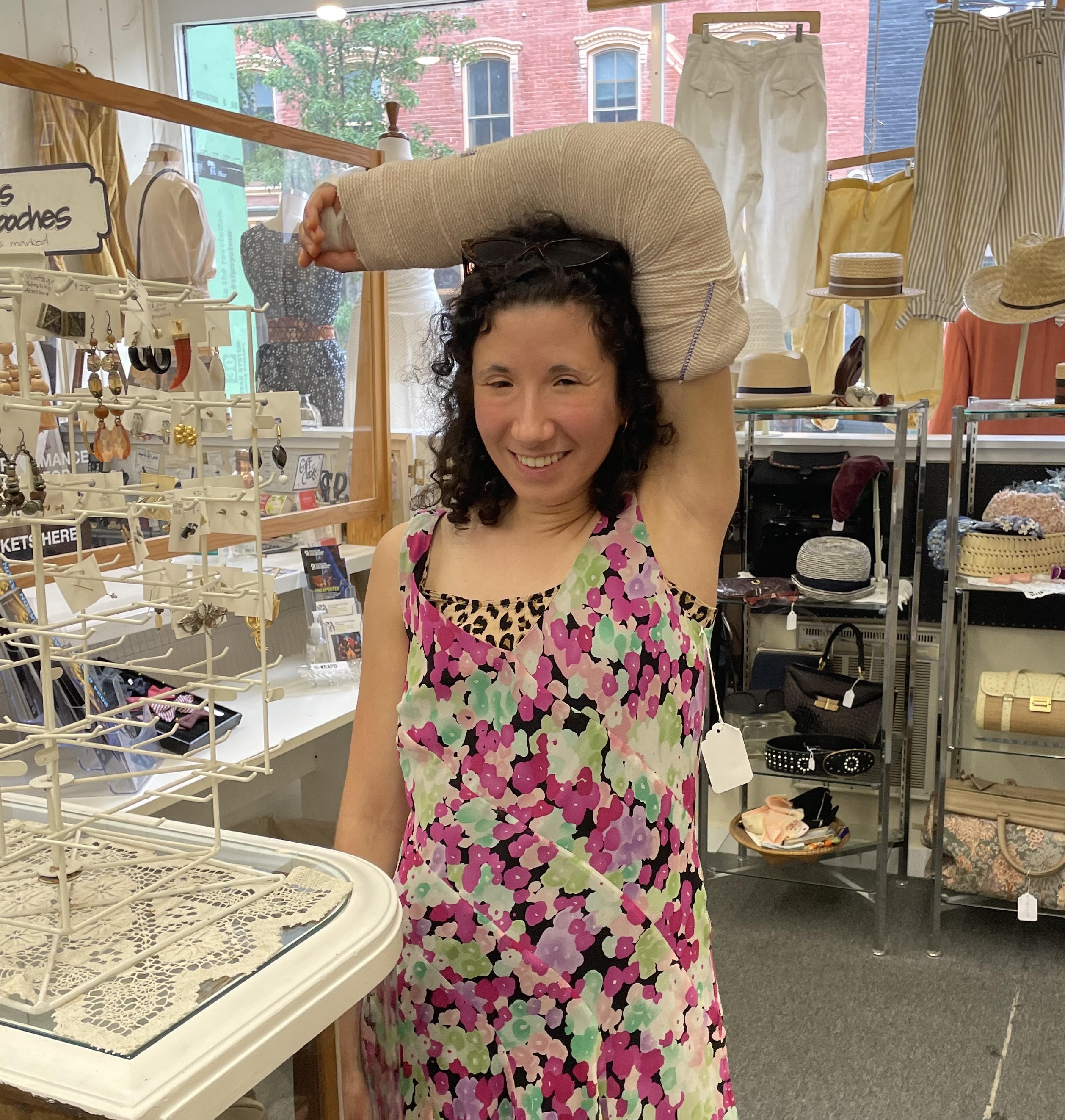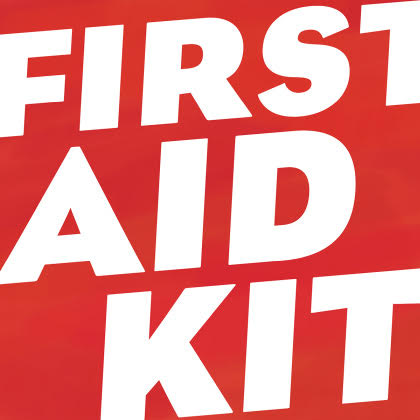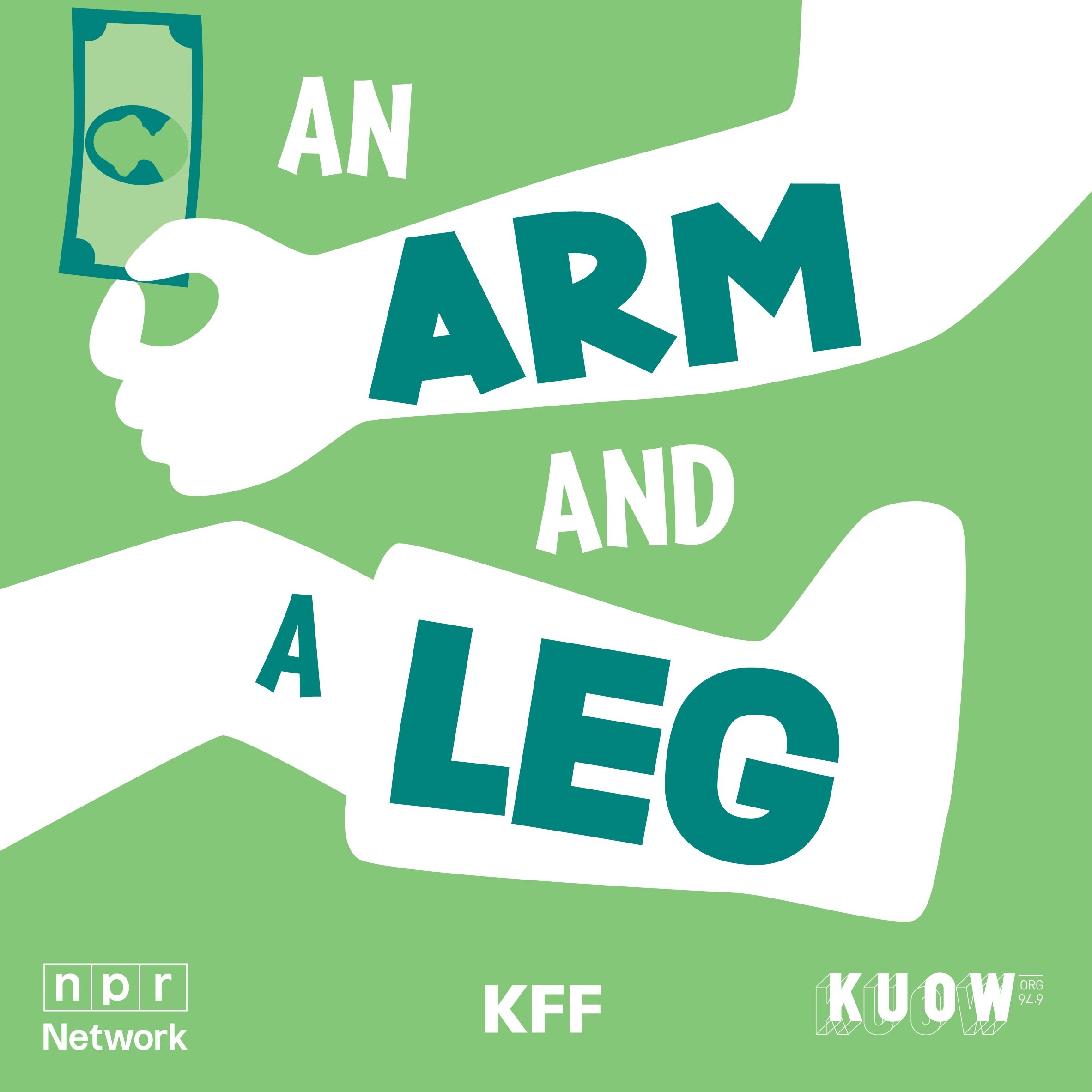How my roommate and I are tackling almost $14,500 in medical bills
Reading time: 5 minutes
Last June, my roommate, Margot, had a bad fall. She broke her arm and wrist and sustained nerve damage.
Which meant an ER visit, surgery, more hospital visits, ongoing physical therapy, and bills for about $14,500 in out-of-pocket charges (so far).
I’m going to share what happened next, and how Margot and I made a plan to tackle the mountain of medical bills, using what I learned as An Arm and a Leg’s intern last summer.
I’d spent a lot of time going through our old episodes and First Aid Kits, cataloging the big takeaways.
I was learning so many great tips for navigating America’s wonky health care system through my work, and I didn’t want to forget them.
And because I’m a bit obsessive about organizing stuff, I decided to keep track of pointers as I listened.
It turned into this scary-long note on my phone —I’m one of those people who would probably write their magnum opus on the Notes app1 — with subheadings like “planning for the doctor,” “tips for fighting medical bills,” and “my rights under the No Surprises Act.”
After Margot’s fall, once the bills started piling up, all that newfound knowledge became super-relevant, super quick.
And, as I’ll outline in this installment, so did my little organizing obsession.
It took some convincing
At first, Margot didn’t feel like she could even look at the medical bills.
She was overwhelmed. She was already trying to adjust to life with only one hand at her disposal, on top of her full-time job and getting to physical therapy twice a week (almost an hour away on the subway).

That’s when I reminded her, hey — good news! You happen to live with someone who just spent the entire summer deciphering medical bills as part of her job. I suggested she send them my way to help her sort through them.
Margot was hesitant — she was exhausted and wasn’t looking for a fight.
But knowing what I know from the show, I was convinced we could probably get this bill down.
For instance, people who fight medical bills for a living say that 80 percent of the bills they see have an error in them. So $14,500 in charges DEFINITELY felt worth looking into.
And advice from the late bill-fighting expert and journalist Marshall Allen —“never pay the first bill” — is one of the first tips in my Notes app document.
I reminded Margot that she might be one of the best-equipped people to handle this sort of situation. Because …
Here are a couple of things to know about Margot:
One: She knows a bit about the health care industry herself, because she works in it, behind the scenes, as a consultant.
The second thing to know about Margot is, she’s unusually persistent.
You know those radio contests where if you call in at exactly the right moment, you can win concert tickets? When she was a teenager, she won eight times.
And if she feels like she’s been wronged, there’s no limit to the lengths she’ll go for recourse.
One time, she argued with Hudson News customer service via email over a $9 chocolate bar that was completely melted when she opened it. (They refunded her.)
When I reminded her of all this, she was convinced. I loaded up my Notes App tip sheet, and we got organized.
Getting organized
First came structure: Margot put together a shared Google Drive with three things:
-
A spreadsheet where we could track everything. It showed the dates of each surgery and doctor’s visit, where it happened, the amount she was charged, and her recollections of what care took place there.
-
A copy of her insurance policy. This isn’t the pamphlet you might get from HR, listing benefits. It’s a long document — Margot’s is 171 pages — and it’s a legal contract. You should find it on your insurer’s website. Look for a “my plan” or “my benefits” page. If not, call them. They’re required to provide it.
-
Finally, a folder for every charge. Margot had bills from the ER, her surgeon, physical therapists, you name it. She ended up with 13 folders.
Now: Here’s what goes in each of those folders. These are the documents you’ll need.
Know the important documents
If you’re missing any of them, your provider or insurer is required to provide them, thanks to your rights under HIPAA.
From your providers: Itemized bills
As we’ve said in previous First Aid Kits, you want to be able to see each individual thing a provider is trying to charge you for. You’ll be asking, for instance: “Did I actually get this particular service?” The itemized bill also includes billing codes — usually called CPT codes — which you’ll need.
Some hospitals will upload itemized bills to your online patient portal, or send them in the mail automatically. Luckily, Margot’s did.
But some providers don’t bother, and you might have to call or email them. If you have any trouble getting that itemized bill, here’s a helpful template Marshall Allen wrote that you can copy into an email to the provider’s billing department.
From your insurance: Explanation of Benefits or “EOBs”
It’s that form with dollar figures that says “This is not a bill.” It’s a breakdown of what your health plan will cover for a given visit to the doctor or hospital and how much you’ll be on the hook for.2
As you move forward, you’re going to check this against those itemized bills and your insurance contract.
For now, be sure to grab the claim number for each one. Add it to that spreadsheet, or wherever you’re keeping your master list.
Whatever else you can get
After-visit summaries, payment receipts, estimates, and any written communications you had with your provider or insurer. Some provider portals allow you to download the doctor’s notes. Grab those too, if you can. (If they don’t show up, you have the right to request them, but you may want to hold off until you know which ones could come in handy.)
OK, we have organized our arsenal. You deserve a reward (a chocolate bar, perhaps?)
When we come back to this fight, we’ll hit the next step: close reading. Because when I dove into all of these documents, what I found was revealing.
First, next week: A federal agency called the Consumer Financial Protection Bureau has pushed rules to protect people with medical debt, and the Trump administration has been trying to dismantle it. We’ll have an update.
Meanwhile, some heartwarming news: Marshall Allen, the bulldog health care journalist we mentioned above passed away last year, but a fan has relaunched a tip-filled newsletter Marshall started. Here’s the update from a few weeks ago. You can follow that newsletter, called “The Marshall Allen Project” here.
That’s all from me for now. Until next week.
— Claire
Fun tip: You can organize the iPhone’s built-in Notes app into folders with drop-down lists. It’s like a miniature filing system, and I love it. Here’s a great video with some details. I’ve heard some Android users like the app “Notion” for this.
There’s a handy guide to reading EOBs on the Center for Medicare and Medicaid Services’ website, along with a pdf example.
Get the First Aid Kit Newsletter!
First Aid Kit
Get our latest tips for dealing with the healthcare-industrial complex.

